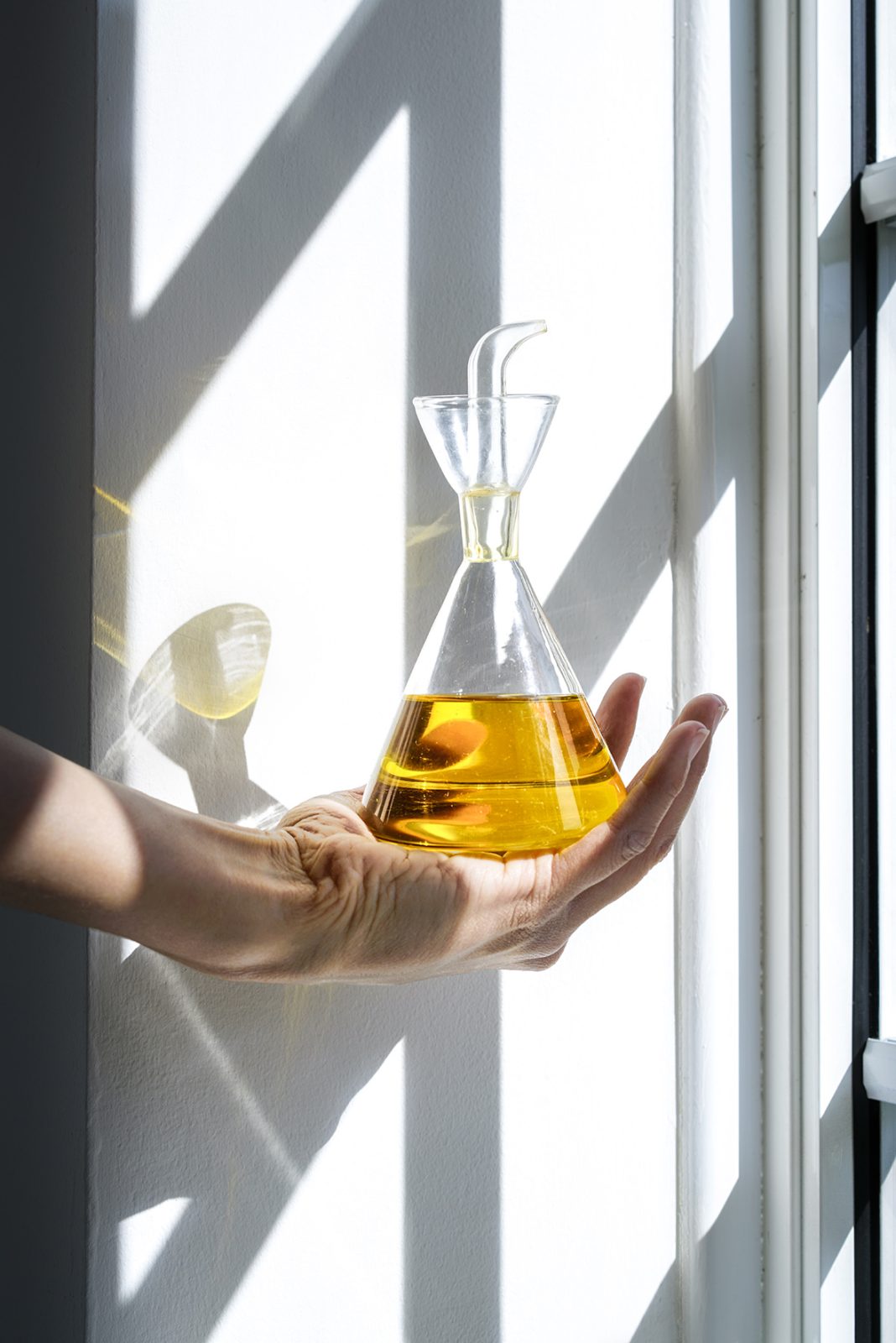A resource exploring relationships between photography and archaeology.
Introduction
Photography and archaeology developed as disciplines alongside each other in the nineteenth century. For hundreds of years photography has been used by archaeologists to document their findings in the field. This resource demonstrates how bringing these two fields together in a classroom setting can be a great way to invite students to explore their surroundings, reflect on environmental changes and think about the future.
Archaeologists learn about the past by studying the artefacts that remain. The activities below are intended to motivate students to interrogate everyday objects, reflecting on how these artefacts define who we are today, and questioning how they will define us in the future. Using both photographic and archaeological tools, students test different recording techniques, engage with the work of artists, and create their own creative responses.
I. An Artefact to Preserve
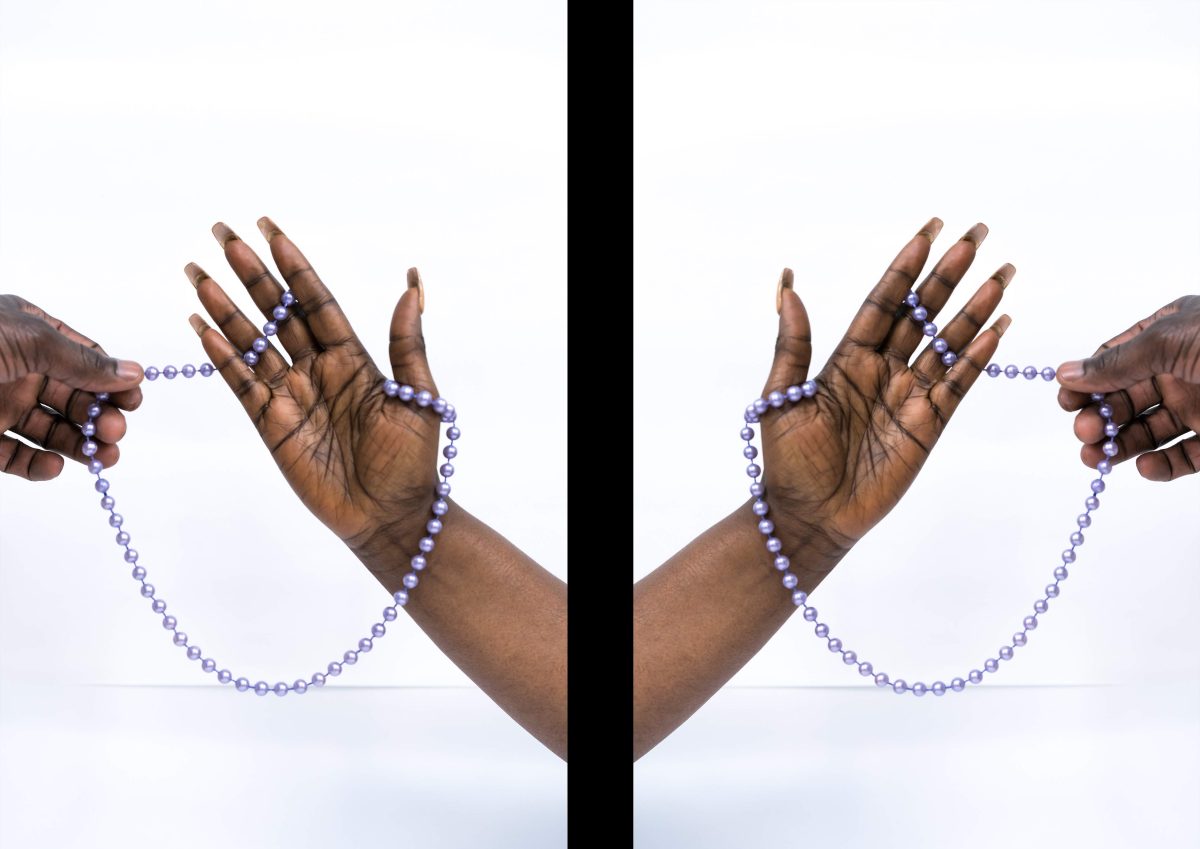
Discuss
What can objects tell us about who we are? Can personal objects reveal a part of our identity? Ask students to choose an object they would like to preserve for the future (students either bring an object to class ahead of the session or to select something from their immediate surroundings).
Make
Split students into groups. Invite them to share with each other why they chose their object. Ask students to take photographs as they present their objects.
Think of each object as an artefact that will give future archaeologists a clue of who you are – as an individual, and collectively, as the society you are part of. It might be something personal or something that reflects on contemporary society such as a phone charger, jewellery, a pen, or a library card.
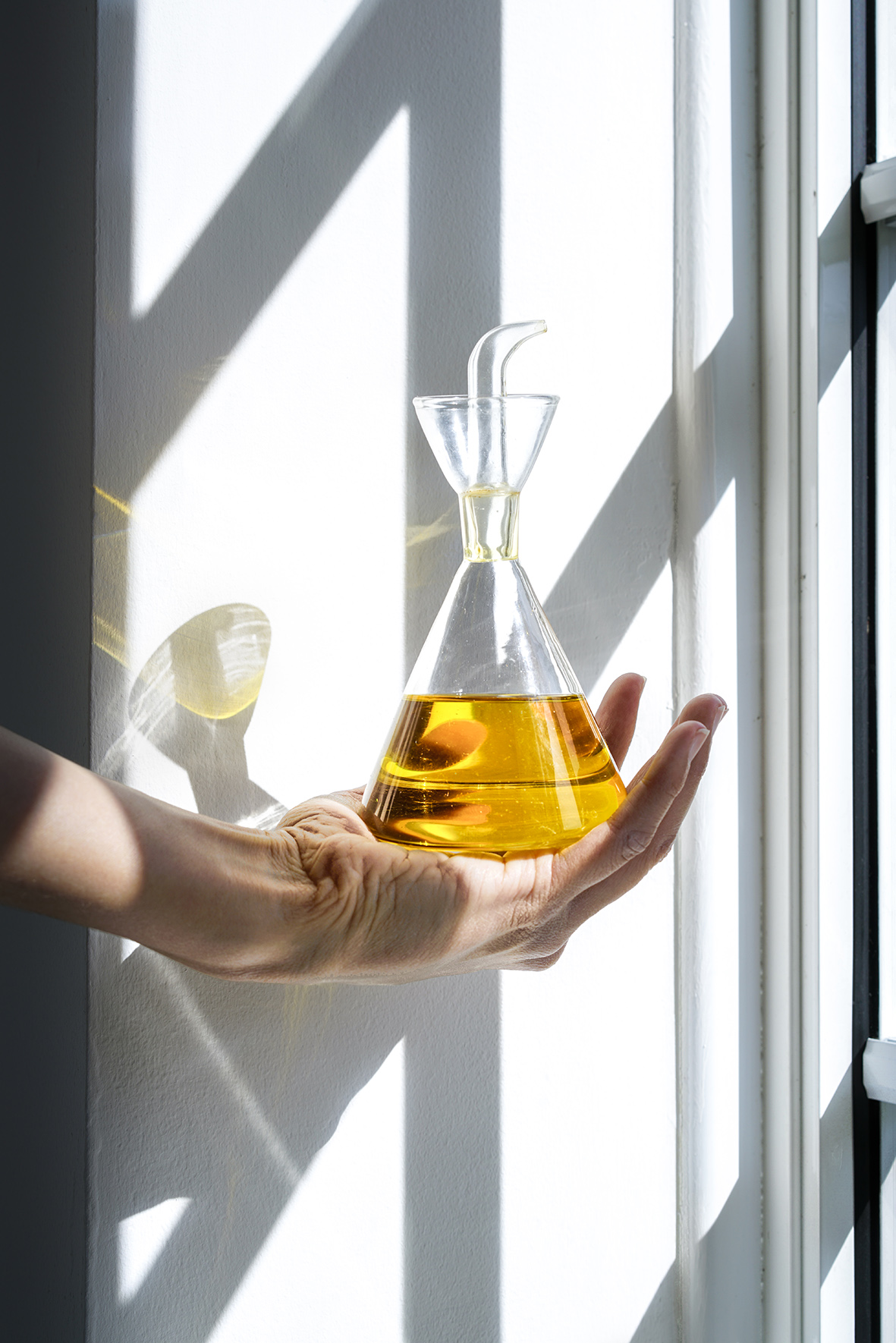
II. Observing Change: Borders
Archaeologists help us understand change. Throughout history, changes in our societies have resulted in physical alterations in the environment. The following activities invite students to reflect on the impact we have on the landscape.
Borders are ephemeral lines that often cease to exist or change through time, changing the archeology of a place. This section introduces the concept of borders, what and who defines them and how permanent they are.
Roger Eberhard’s series, Human Territoriality depicts sites of former national or imperial borders that have shifted or ceased to exist. The work interrogates human history and highlights the absurdity of nationalism and protectionism.
Archaeologists often use aerial photography to reveal the remains of fortifications, changing topographies and borders.

Discuss
Ask students to think about what borders mean to them and to reflect on the spaces they inhabit. Start with immediate surroundings. Are there informal borders in those spaces? Any lines of separation between individual and communal spaces? For example between private and public, indoors and outdoors. Are these formal or informal lines? Visible or invisible?
Invite students to then reflect on more formal borders, perhaps within the UK and Europe. Introduce the work of artists who have explored these themes.
Donovan Wylie’s series Lighthouse offers a literal examination of the UK’s national borders to reveal both closeness and distance in his series .
Tristan Poyser goes on a quest to document the full length of the 510 km Irish border as a result of the Brexit results in his project The Invisible In-between: An Englishman’s Search For The Irish Border.
Abena Appiah explores Black presence in Britain during the Roman period in a series focused around Hadrian’s Wall.
Make
Ask students to close their eyes and picture the classroom in their mind. Are there any dividing lines within that space? Ask them to draw a map of the classroom, mark all the borders they can identify, then photograph the borders within that space. Examples might be divisions between rooms, windows, indoors and the outdoors, or even books on a shelf categorised by topic. This activity can be extended as an assignment for students to do at home or in public spaces.
Extension Activity
Are there any visible borders in your neighbourhood? Can you see evidence of division in the landscape? Create a photographic series documenting the barriers that exist or have ceased to exist in your locality. Complement your series with additional photographs that provide a deeper understanding of what defines each space and the people inhabiting them.
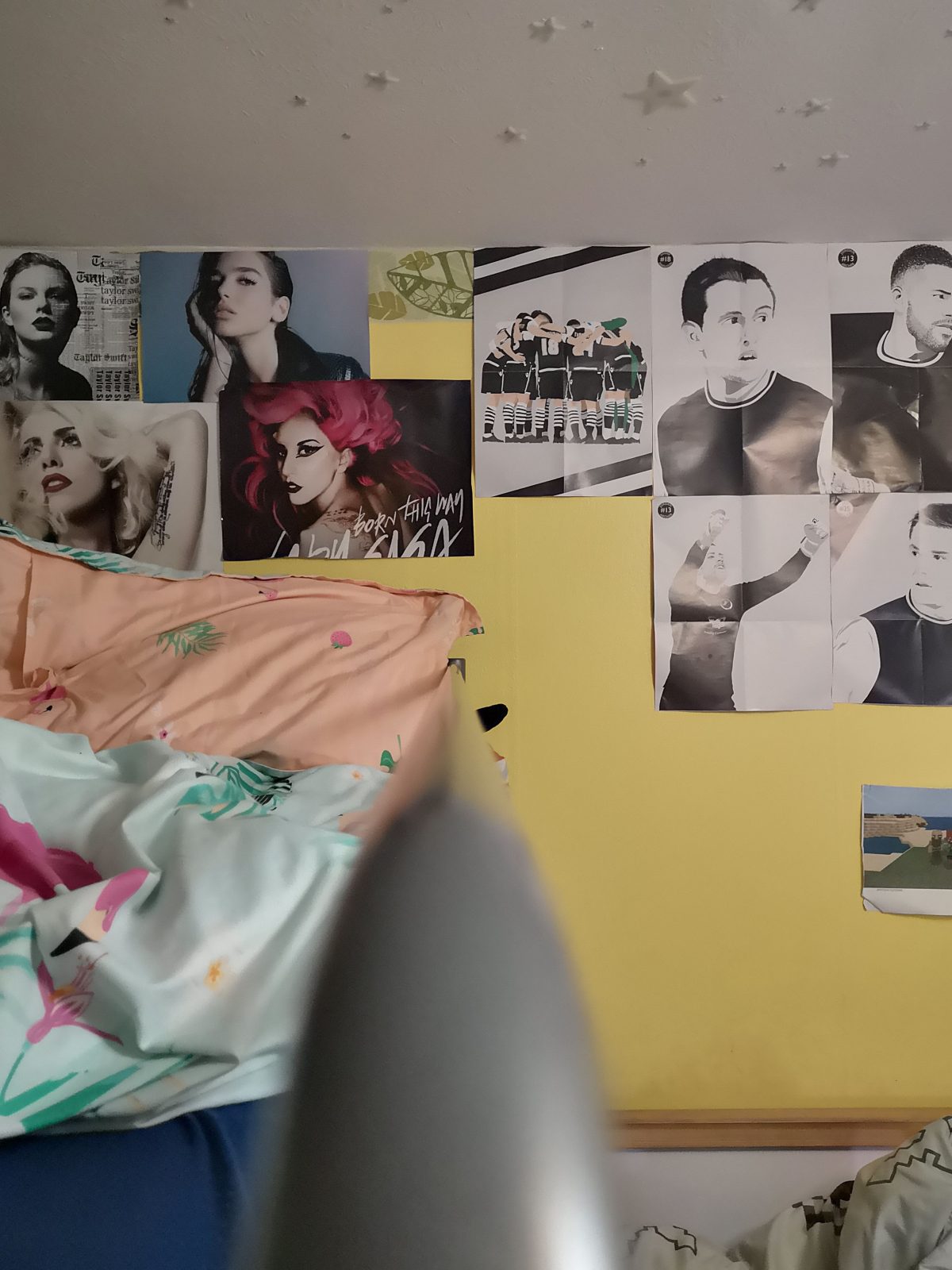
III. The Archaeology of waste
Introduce students to themes of identity and environmental concerns by investigating everyday objects and waste. Archaeologists study the remains (waste) of human behaviours in the past. Artefacts left behind provide clues to understanding previous societies. Photography, with its ability to ‘stop’ time and preserve memories, records and provides evidence.
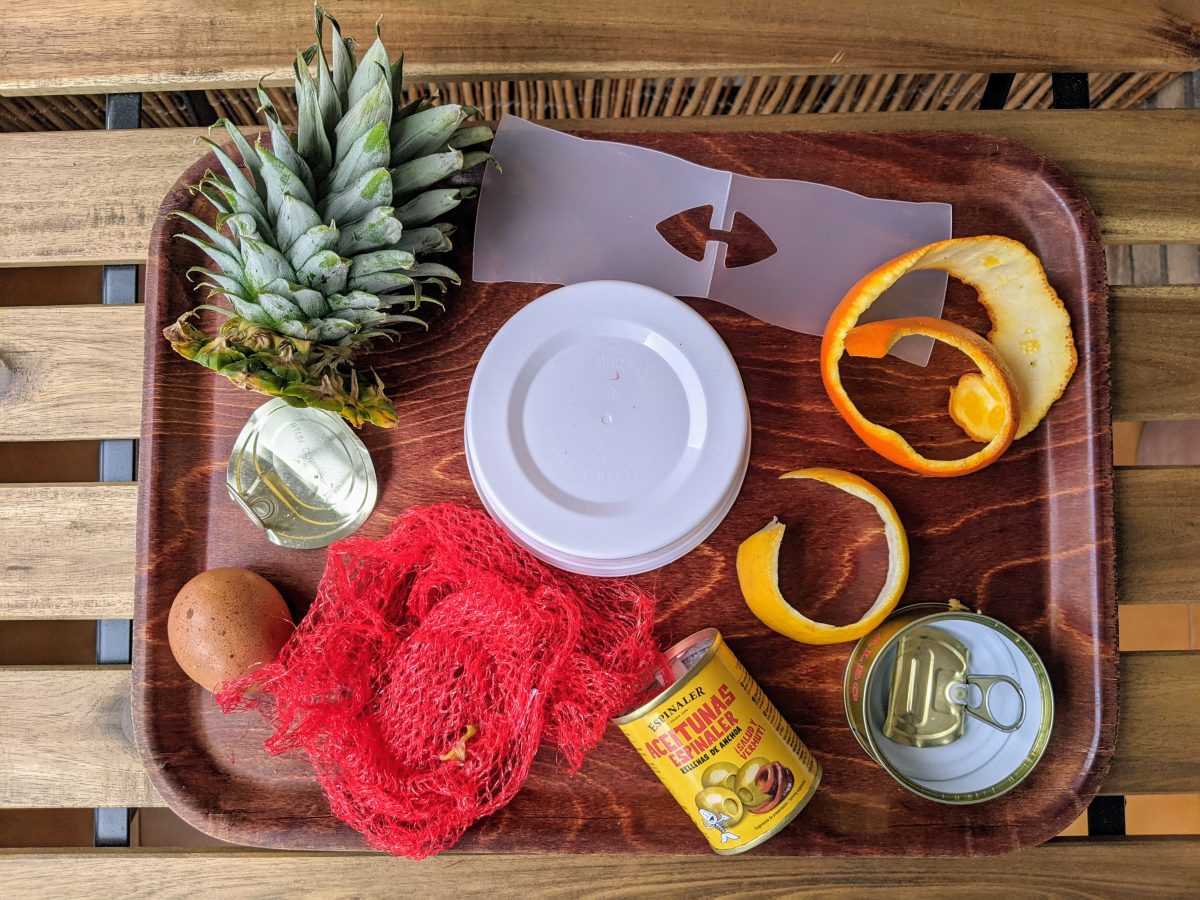
Discuss
Waste is defined as an unwanted or unusable material, item, substance, or by-product. In groups, ask students to list what they think of as waste, and to share their thoughts on the amount of waste we are creating today.
Introduce students to the work of artists who make work from recycled material such as Mark Dion, Calixte Dakpogan, Mandy Barker, Mark Sowden, or El Anatsui.
Make
Taking inspiration from archaeological digging practices, invite students to dig in the rubbish/recycling bin and make a selection of objects they want to use.
In small groups, create a sculpture of waste. Balance and connect items in different ways. When the sculpture is ready, take a photograph. Play around with different compositions, experiment with different viewpoints and try out different backgrounds (composition) and pay attention to lighting – encourage them to go outside, get close to a window or use artificial lighting if necessary.
Top Tip
Choose objects with interesting colours or shapes and choose a background that works well with them. If most objects are dark make sure you use a light background to allow some contrast.
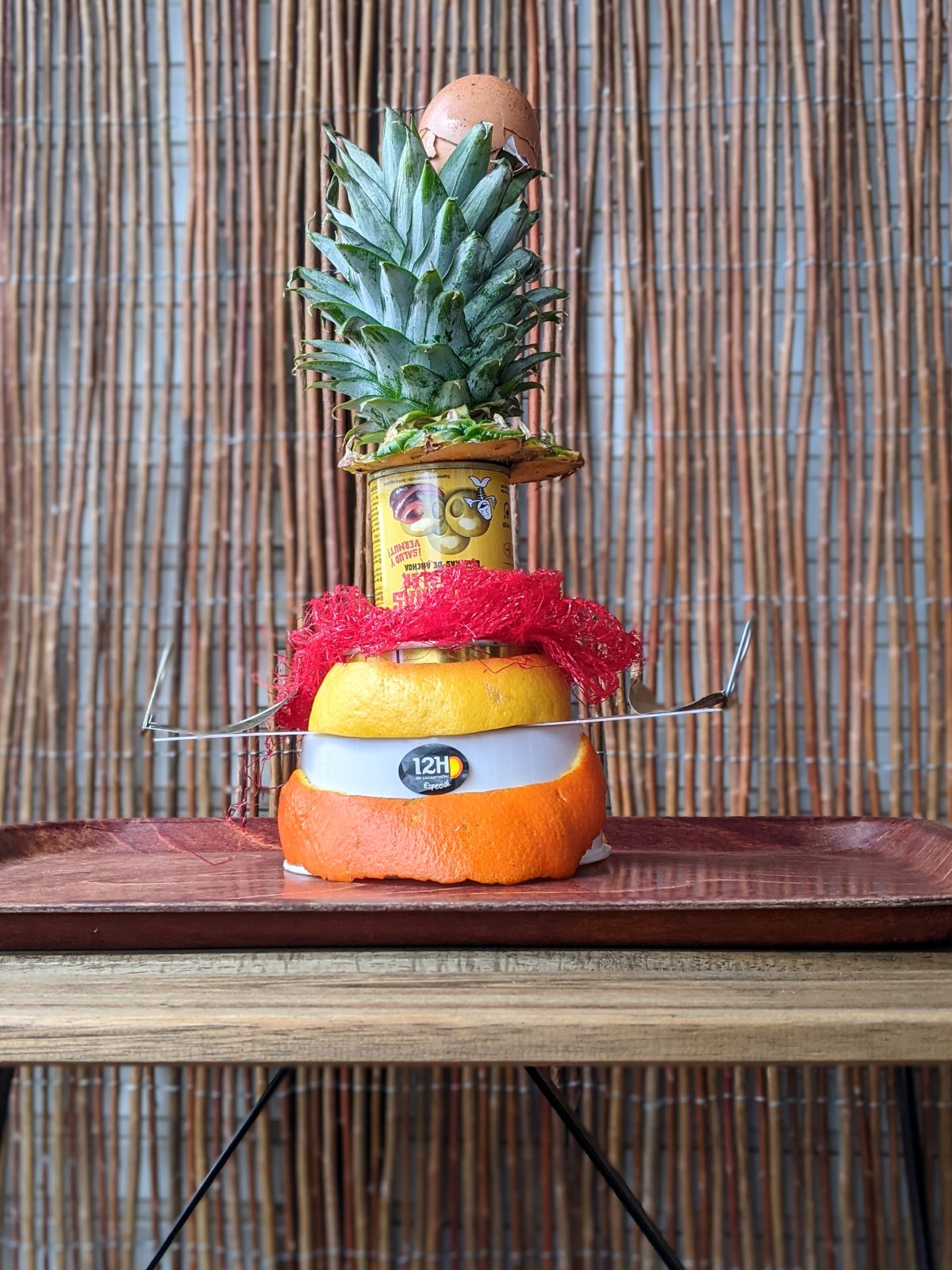
IV. Artefacts for the future
This activity explores obsolescence and technology, introducing students to photographic typologies and archaeological recording techniques.
Discuss
In pairs, ask students to make a list of the everyday objects that they think will cease to exist. What artefacts from today do students think future archaeologists will find interesting?
Invite students to discuss the problems and challenges of electronic waste.
Activity
Ask students to bring in some of the objects from their list. In small groups, ask students to create their own systems of categorisation to arrange their objects, classifying, categorising and creating a visual record like archaeologists would do. Students might use measuring indicators such as numbers, grids or rulers to represent scale and order.
Introduce students to the work of other artists who have created photographic typologies (such as Walker Evans, Bernd & Hilla Becher) and look at museum collections as examples.
Top Tip
To create a photographic typology use the same perspective (try an aerial view), composition and lighting for each photograph to create consistency.
Encourage students to experiment with different styles and be playful in order to get more interesting photographs.
Top Tip
Students can photograph each object individually and put all the pictures together in post production using Photoshop or simple collage Apps like Picsart, or take a photograph of all the objects in one image.
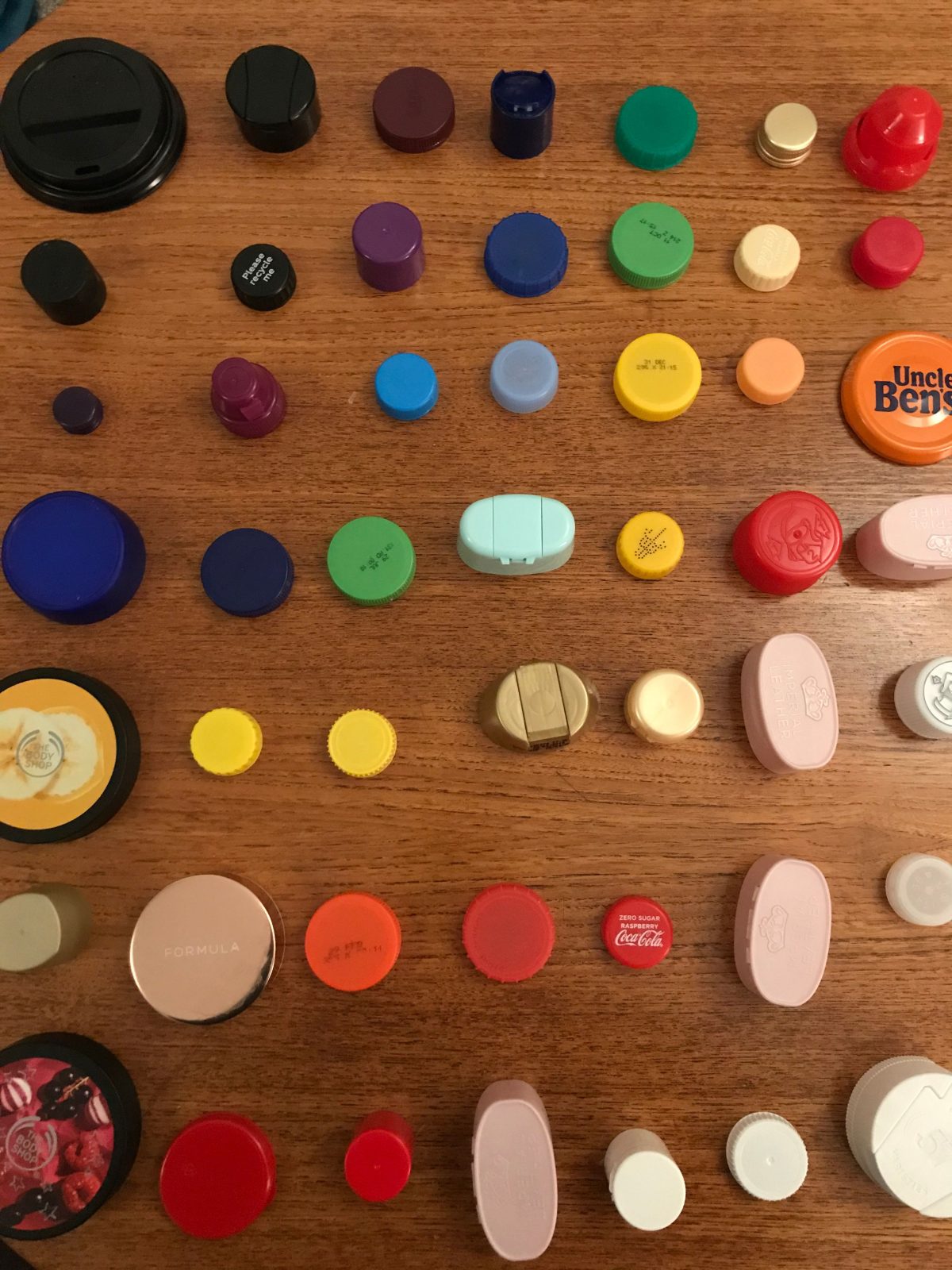
Other artists our contributor thinks might inspire you
Fischli and Weiss
Sam Haynes
Mark Dion
Jan Grover
Sharon Core
Laura Letinsky
Vanessa Mckeown
Vladimir Arkhipov (The Museum of Other Things)
Rachel Perry
Books
Archaeology and Photography: Time, Objectivity and Archive, edited by Lesley McFadyen & Dan Hicks, 2019
About the Contributor
Alejandra Carles-Tolra is a Spanish visual artist and educator based in London. Questions regarding what defines our identities and the role the group plays in our search for belonging drives her work. Her work is part of the Arts Council Collection and the Col·lecció Nacional de Fotografía of Catalunya, and it has been published and exhibited internationally, including Photo Miyota Japan, Somerset House, Finnish Museum of Photography, Wuhan Art Museum and the Jerwood/ Photoworks Awards.
As an educator she has worked for institutions such as Autograph, UCL, The Photographer’s Gallery, Alexandra Palace, LCC and the National Portrait Gallery designing resources and delivering courses and participatory photography workshops. She has a strong commitment to using photography as a voice and tool of empowerment and collaborates regularly with vulnerable communities from diverse backgrounds, ranging in age, ethnicity, and needs. www.alejandractr.com
